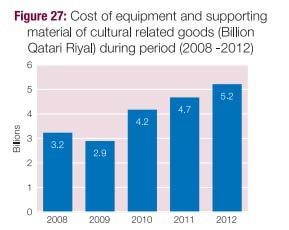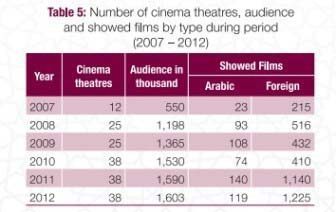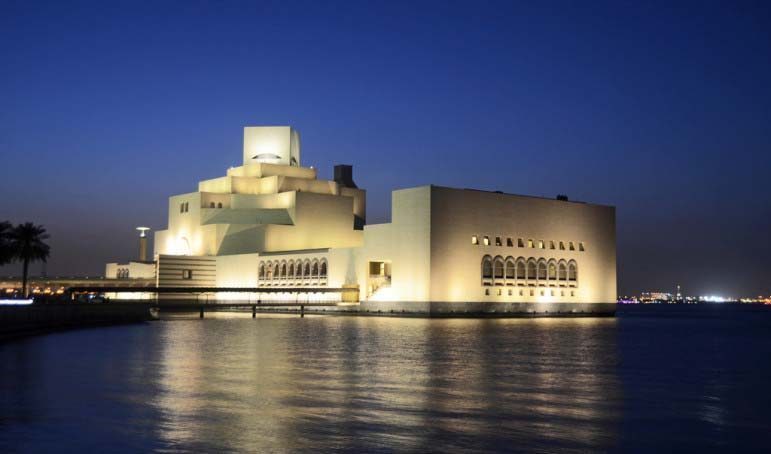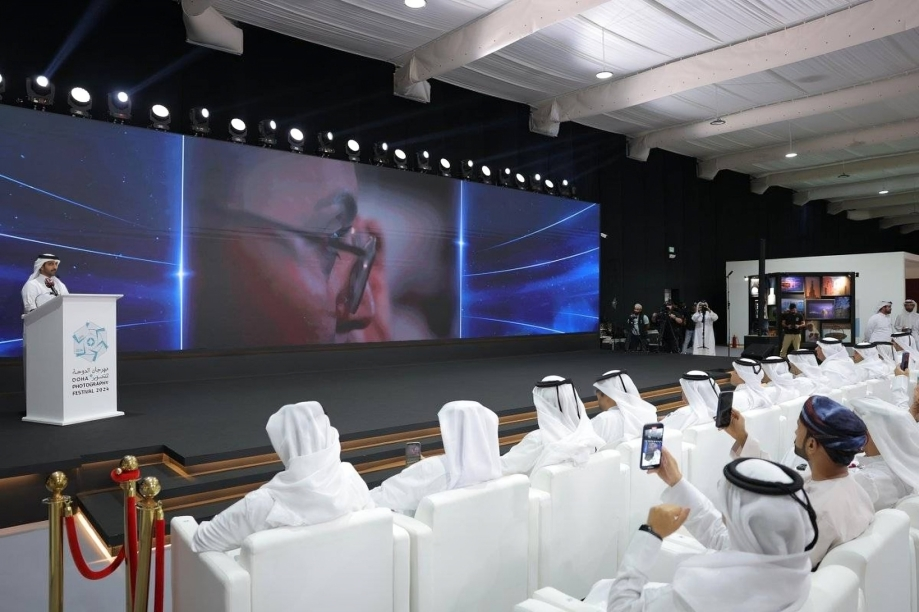
Qatar spent more than QR5 billion (US$1.3 billion) bringing cultural items and equipment into the country in 2012, as it strives to develop into a regional hub for culture and heritage, new government figures show.
Of the expenditure, nearly QR1 billion was spent importing jewelry into the country, according to the first edition of the Ministry of Municipality and Urban Planning (MMUP)’s recent Cultural Statistics Report 2014 in Qatar.

Another QR1.1 billion as spent on importing “cultural goods,” but those purchases were not itemized in the report.
The 2012 budget – the most recent figures available – was more than three times the amount Qatar spent bringing in similar goods in 2009 (QR678 million).
Exhibitions of jewelry and watches are always popular in the Gulf, and particularly the region. The annual Jewelry and Watches Expo attracts some of the world’s leading names to Qatar to showcase their luxury accessories.
Meanwhile, a further QR3 billion was spent in 2012 on supporting audio-visual and interactive multi-media equipment. The move appears to signal Qatar’s willingness to present traditional cultural offerings in a way that would appeal to the younger, tech-savvy population.
The report also shows a growing interest in culture and heritage in Qatar, as the number of visitors to museums, cinemas and other cultural venues shows a steady increase in recent years.
Rise of cinema
The most popular cultural pastime here is going to the cinema. Interest in movies has seen significant growth, which the report attributes in part to the former Doha Tribeca Film Festival and other events celebrating the silver screen.
Between 2007 and 2012, Qatar’s population nearly doubled to 1.84 million. During this same time period, the number of cinema visitors tripled, from 550,000 in 2007 to 1.6 million in 2012.

Qatar’s cinema offerings also expanded significantly over this time, with more than three times the number of theaters (38) in 2012 as there were five years earlier, with just 12 theaters.
And with this rise in the number of theaters and increased audience has come a wider range of movies – and a greater number of international films.
In 2007, there were just 23 Arabic films and 215 “foreign films” screened. By 2012, there were 1,344 films being shown in theaters, of which only 119 were Arabic-language movies.
Doha Zoo
The now-closed Doha Zoo was another popular cultural attraction for several years. According to the repor, the zoo saw more than half a million visitors (503,000) in 2011 – almost double the 287,000 visitors who went to the attraction in 2005.
The zoo shut in 2012, and is being revamped to create a “world class” zoo attraction, with themed zones including “Africa safari” and “Asia woodland,” a cable-car link to Villaggio mall and a dedicated elephant walk-way connecting the zoo with Aspire Park.
It is scheduled to reopen in phases from 2017.

Meanwhile, the number of visitors to museums in Qatar still falls some way behind other cultural attractions.
The report’s 2012 figures show just 264,000 visitors to venues such as the Museum of Islamic Art (MIA), Sheikh Faisal bin Qassim al Thani Museum and the Al Wakrah Museum.
Perhaps unsurprisingly, the MIA appears to be the biggest draw for museum goers. Local media reports in 2012 put MIA’s visitor figures for the year at just over 200,000.
Jobs in culture
Still, over the past several years, more people have been attracted to jobs in the cultural sector – which covers a diverse range of occupations from visual arts and crafts, audio-visual and interactive media, performances and events to books and also tourism, according to the report.
Figures show a 7 percent increase in those working in this field between 2004 and 2010. A breakdown of the statistics shows:
- Two-thirds (69 percent) of people in this sector are non-Qatari men. Some 94,000 non-Qatari’s work in this field, compared to 29,000 Qataris;
- The culture labor force is dominated by younger people – two-thirds of the employees are aged between 25 and 44 years;
- Those in tourism worked the longest average hours each month, 47, and earned one of the lowest average monthly wages (just over QR10,000 per month) for the sector; and
- This compared to workers employed in books and press, who had an average monthly salary of QR30, 342 and worked just over 40 hours a week on average.
Reflecting Qatar’s promotion of its traditional heritage, the report shows that there are 160 people registered as handicraft experts – with some 91 percent of them women.
Most of them are experts in making traditional food, while other specialities including perfume and scent-making, spinning, henna and making veils.
Thoughts?







